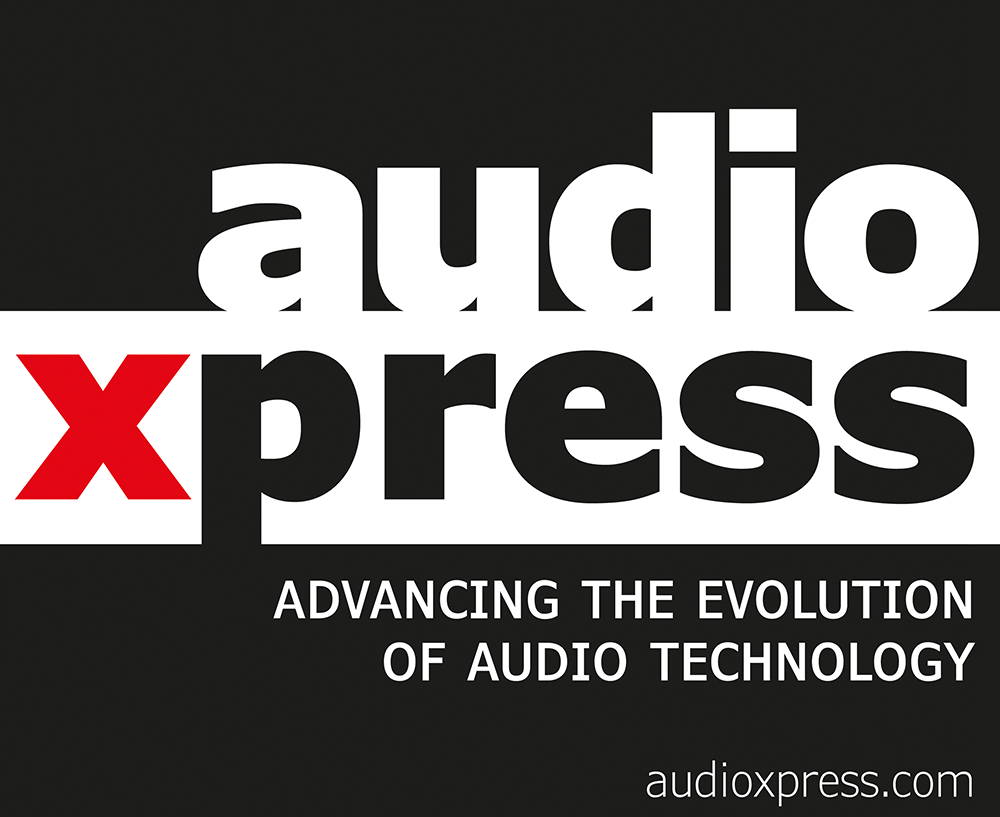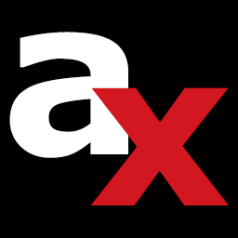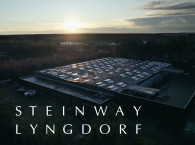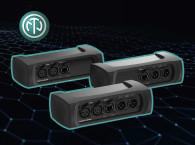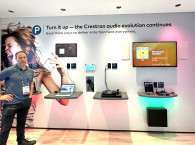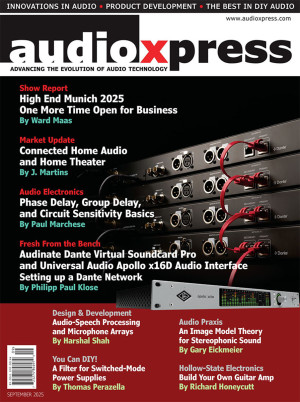 As scheduled, this September 2025 issue of audioXpress offers a Market Update on Connected Home Audio and Home Theater. Technologies for residential audio, including home audio integration products, continue to evolve at a consistent pace. This update provides a broad overview of the latest trends and innovations in home audio and home cinema. From wireless multiroom to AES67, Dante, immersive audio, and new ways to enjoy Dolby Atmos at home, this issue of audioXpress offers an updated perspective on a thriving market segment that is also evolving on multiple fronts as the promises of the smart home are also expanding.
As scheduled, this September 2025 issue of audioXpress offers a Market Update on Connected Home Audio and Home Theater. Technologies for residential audio, including home audio integration products, continue to evolve at a consistent pace. This update provides a broad overview of the latest trends and innovations in home audio and home cinema. From wireless multiroom to AES67, Dante, immersive audio, and new ways to enjoy Dolby Atmos at home, this issue of audioXpress offers an updated perspective on a thriving market segment that is also evolving on multiple fronts as the promises of the smart home are also expanding.This issue also contains our High End 2025 show report, prepared for audioXpress by Ward Maas. From May 15-18, the 42nd edition of the High End show signaled an important transition in the history of this international audio trade show. Next year, the High End show is moving from Munich, Germany, to Vienna, Austria, where there's more room to grow. With every corner of the MOC Event Center sold out for 2025, the show delivered a very successful transition. This report provides a broad product and technology perspective on what made it such a memorable event.
The next article is a thought-provoking piece that reflects a lifelong pursuit of an improved listening room experience, with an approach to audio reproduction that puts "sound in rooms," not directly into ears. The author, Gary Eickmeier, expands on his prior work focused on loudspeaker reproduction, and upholds that the stereo image is not a psychoacoustic "trick" fooling the brain into hearing something that isn’t really there; it is the very real physical placement of sounds in rooms. Gary Eickmeier also advocates that the term “stereo,” normally used to refer to two channels on loudspeakers, shouldn't in any way be associated with a loudspeaker pair only. "An Image Model Theory for Stereophonic Sound" provides a unique perspective and proposes a rethink of audio reproduction in the home. Author's terminology and definitions are personal and explained in the article.
And again inviting experimentation and discovery, Philipp Paul Klose explores setting up a Dante audio network, the technology that is now an industry de facto audio-over-IP standard for any application, including project studios and residential audio. It all started with an invitation to review Audinate's Dante Virtual Soundcard Pro, a software solution that turns any PC or Mac into a Dante-enabled device, transmitting and receiving a large number of high-quality audio channels over an existing Ethernet network connection. This provided the perfect context to also review the latest Universal Audio Apollo x16D Audio Interface with Dante. Responding to the popularity of audio networking solutions for studios and stage, this Apollo x16D interface also enables the acclaimed UAD software plugins to work directly over Dante. An enlightening experience that we can all learn from.
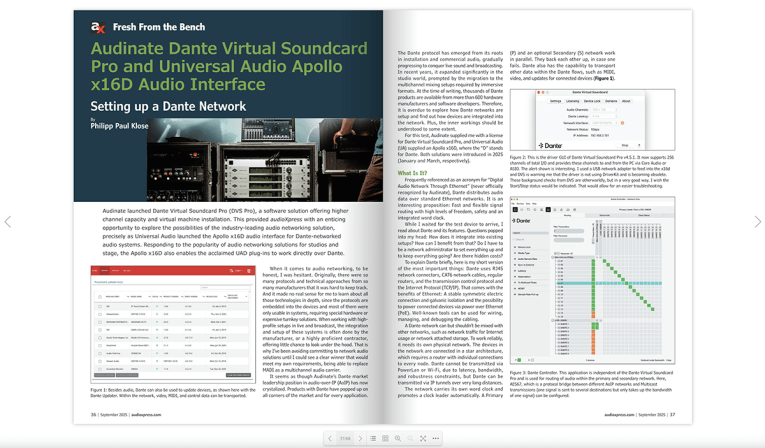
The next article, written by Harshal Shah, offers a great recap and update about "Audio-Speech Processing and Microphone Arrays." Microphone array design and associated signal processing, particularly for voice, is front and center in today's technology for meeting rooms, consumer electronics, and personal audio. Exploring the possibilities opened by modern microphone arrays paves the way to new possibilities in near- and far-field applications. This article offers a general overview of where the technology is headed and examines the impact of geometry, noise sources, signal processing limitations, and edge AI on wearable audio system performance.
And diving into Audio Electronics, Paul Marchese writes about "Phase Delay, Group Delay, and Circuit Sensitivity Basics." Selective filters are crucial for maintaining signal integrity in all audio applications. This article explores how phase delay and group delay are key parameters when filtering baseband signals, ensuring minimal distortion, and how phase and amplitude sensitivity help predict how to match a circuit to a desired gain and phase response.
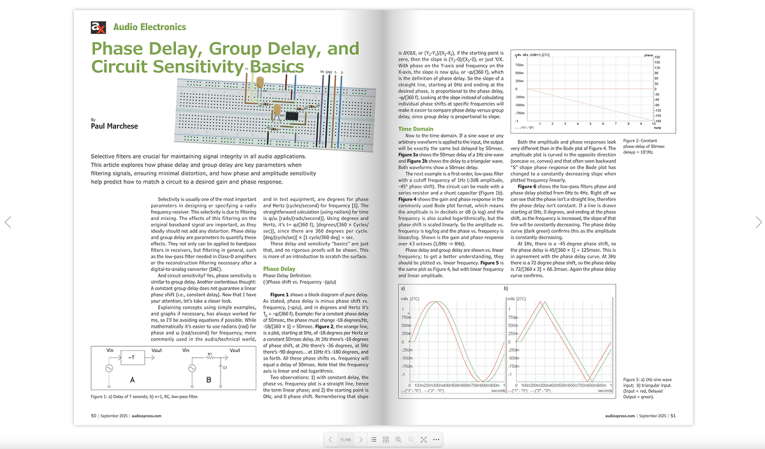
For those who are always looking for a practical project to explore, Thomas Perazella offers a perfect DIY challenge of a useful filter for a Switched-Mode Power Supply (SMPS). After hearing comments about the high-frequency noise on the output of a SMPS, Thomas decided to explore the concept of a suitable filter—instead of completely replacing the power supply with a large and expensive linear supply. This project describes a filter designed for the output of an SMPS feeding an Intel NUC used as a music server and includes comparisons to a lab-grade linear power supply feeding the same NUC, both with and without the filter.
And to expand on that practical, hands-on perspective, Richard Honeycutt dedicates this month's Hollow-State Electronics column to exploring the latest options for those wanting to build their own (tube-based, obviously) guitar amp. While many builders would like to simply take on a restoration project for a classic tube amplifier, the challenges associated recommend caution in that approach, particularly at times when tubes and select components might be difficult to source. As a welcome alternative, Mod Electronics recently introduced a range of five DIY guitar amp kits, covering all the most coveted classic design options. Mod Electronics even offers a separate analog spring reverb kit, which is also covered in this article.
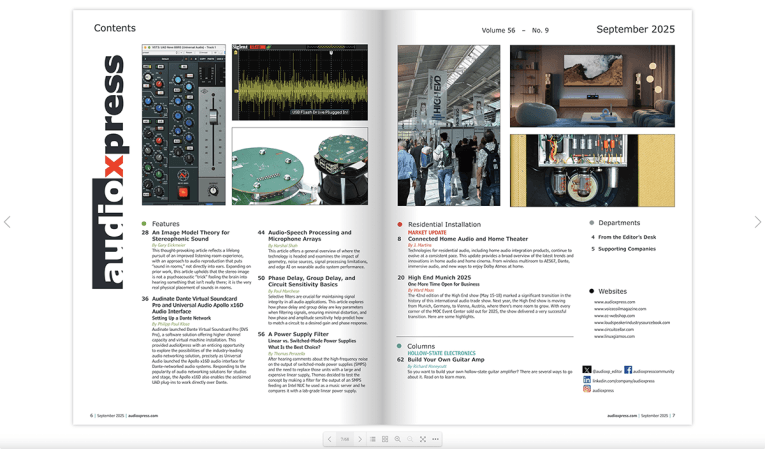
Please remember that all the content featured in every issue of audioXpress is the reason this publication continues to reinforce its role as an essential resource for the audio industry, month after month, 12 times per year. Your support and that of our advertisers is what allows us to keep this publication in print and on all the digital platforms as well as pay our independent authors and contributors for their work.
Subscribe if you haven't done so in order not to miss future issues or renew your subscription. Subscribing to the digital online version allows immediate access and is available here: audioXpress Subscription Services
If you wish to buy a single issue or the complete audioXpress archive on USB, from 2000 to 2025 (yes, including the latest issue), just visit our online shop at www.cc-webshop.com.
And check out the new options to access the audioXpress Digital archive:
https://simplecirc.com/subscribe/audioxpress
Don't miss out, get your copy of audioXpress right now at www.gotomyxpress.com
